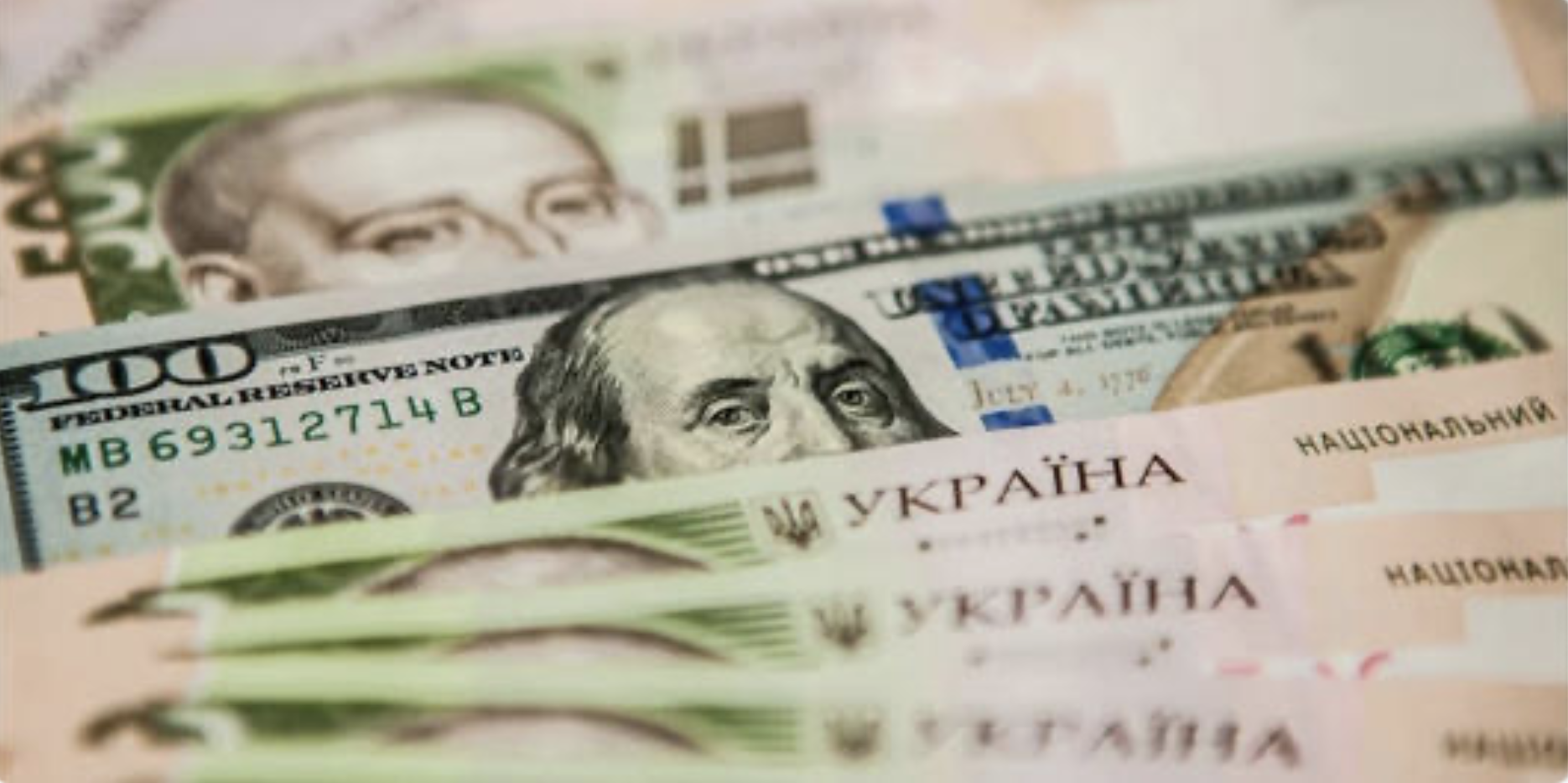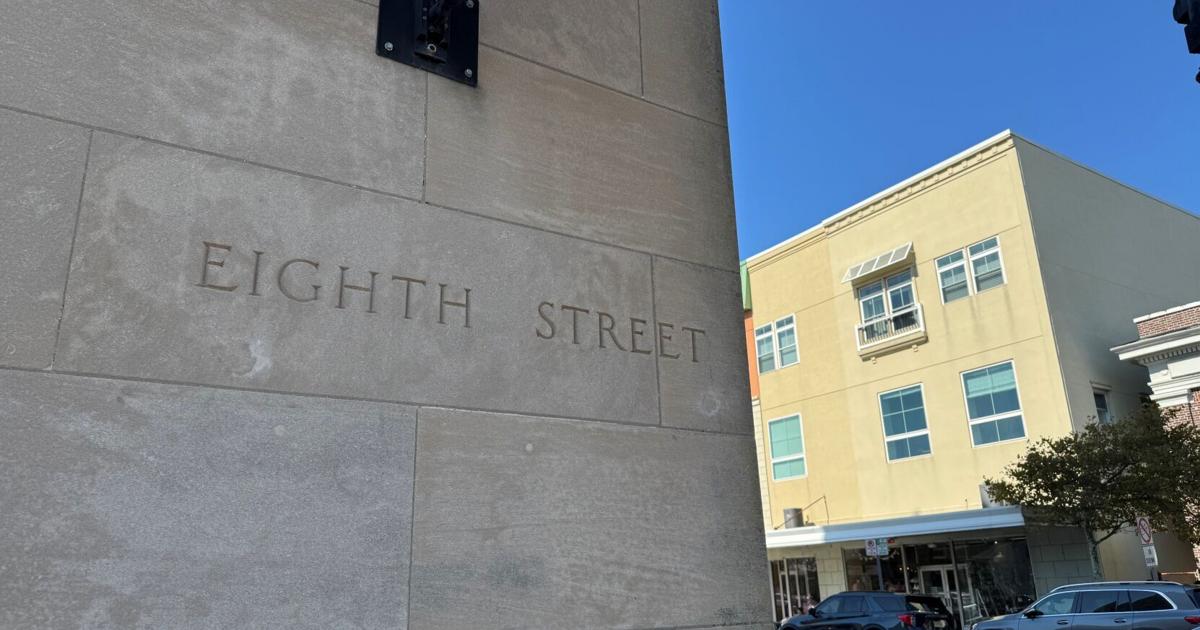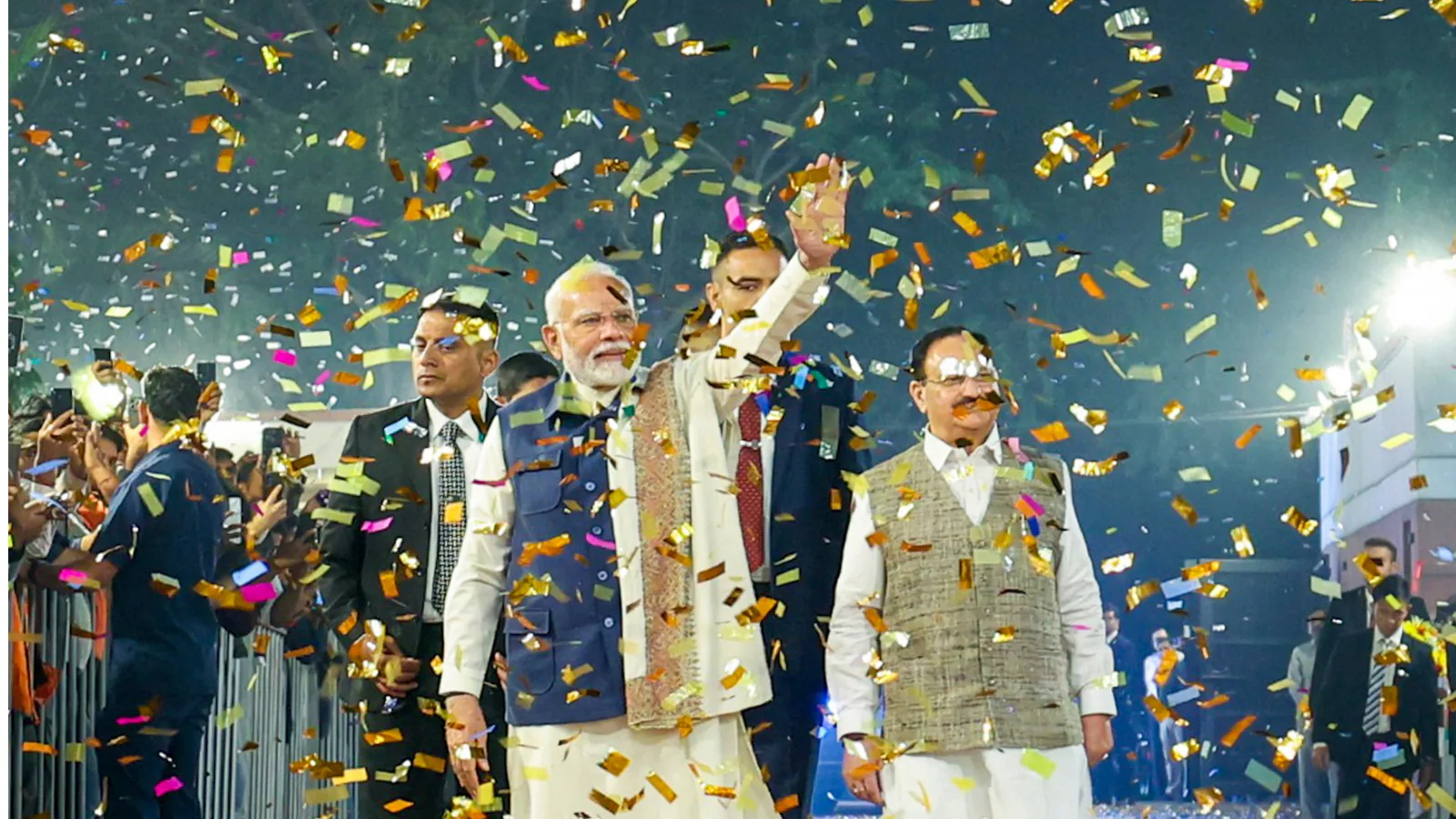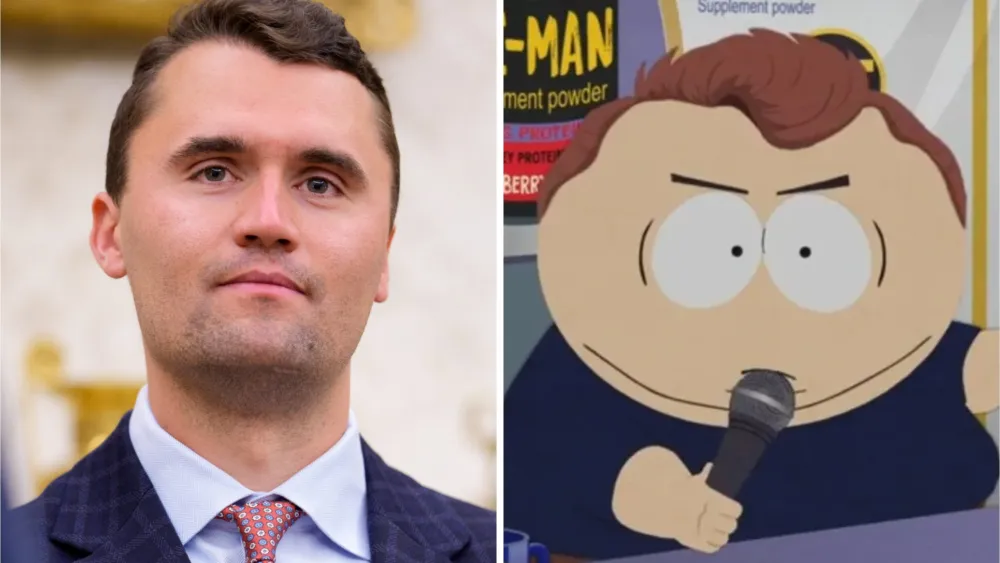By ieyenews
Copyright ieyenews

Ukraine’s public debt rose by nearly $4 billion in June.© The New Voice
Summary: This essay argues that the war in Ukraine will not end through total victory but through pragmatic compromise—a “5% solution.” Ukraine would cede a small portion of its territory in exchange for NATO guarantees, Russian investment in reconstruction, and a shared responsibility for debt. At the same time, the land would become an Economic Cooperation Zone, fostering cooperation instead of permanent division. Drawing on the Finnish precedent and current economic and military realities, the piece presents a realpolitik argument that this deal could preserve Ukrainian sovereignty, stabilize Europe, and transform Moscow from an adversary into a partner.
Author: Martina Moneke
Date: October 2025
Author Bio: Martina Moneke writes about art, fashion, culture, and politics. In 2022, she received the Los Angeles Press Club’s First Place Award for Election Editorials at the 65th Annual Southern California Journalism Awards. She is based in Los Angeles and New York.
Credit Line: This article is licensed by the author under the Creative Commons Attribution-NonCommercial-ShareAlike 4.0 International License (CC BY-NC-SA 4.0)
The war in Ukraine grinds on with no end in sight. Cities lie in ruins, front lines shift only marginally, and the global economy reels from disrupted energy and grain flows. Casualties have reached the hundreds of thousands, yet both Kyiv and Moscow remain locked in absolutist positions, speaking only in terms of total victory. After more than three years of fighting, it is clear that neither side can achieve it.
Some leaders continue to advocate for total victory. After meeting with Volodymyr Zelensky on the sidelines of the UN General Assembly in New York in September, former U.S. President Donald Trump posted on social media: “… after seeing the Economic trouble [the war] is causing Russia, I think Ukraine, with the support of the European Union, is in a position to fight and WIN all of Ukraine back in its original form.” While this perspective highlights ongoing optimism, the reality on the ground is far more constrained. Russia’s military and economic limits, coupled with Ukraine’s own fiscal and infrastructural constraints, make full restoration by force highly improbable. This contrast underscores why a pragmatic settlement, such as the 5% solution, remains the only realistic path to ending the war.
Under the 5% solution, Ukraine would cede a small portion of its territory currently behind Russian lines in exchange for NATO security guarantees and a substantial package of Russian-financed reconstruction. The initial concession could start at roughly 1% of Ukraine’s territory, about the size of Delaware, offering a symbolic yet tangible compromise. Over time, contingent on Russia fulfilling its economic and security commitments, this could expand to up to 5% of the country, roughly the size of Maryland. Rather than becoming another frozen front, this territory would be transformed into an Economic Cooperation Zone, designed to foster trade, cultural exchange, and shared governance—similar in concept to the European Union’s Schengen Area. The aim is not permanent partition but a pragmatic compromise that turns contested land into a laboratory for coexistence, while ensuring Kyiv retains sovereignty over the rest of the country and gains the security it has long sought.
For Ukraine, the deal would be bitter but potentially life-saving. NATO membership would provide the ironclad deterrent Kyiv has sought for decades, making any further Russian aggression suicidal. The infusion of investment would help rebuild shattered infrastructure, stabilize the economy, and reassure displaced citizens that their country has a viable future. Crucially, NATO guarantees would prevent the sacrifice of territory from cascading into further losses. What Ukraine loses in land, it could regain in security and long-term viability as a sovereign state anchored in the Euro-Atlantic system.
History offers precedent for such painful but survivable trade-offs. In 1940, Finland, facing invasion by the Soviet Union, ceded approximately 11 percent of its territory under the terms of the Moscow Peace Treaty. The loss was severe, yet Finland preserved its independence, rebuilt its society, and transformed into one of Europe’s most stable democracies. Today, Finland boasts a GDP per capita of approximately $55,000 (for comparison, the United States’ GDP per capita is $85,000), low unemployment rates, strong public services, and consistently ranks among the top countries in human development. Finland’s government debt remains manageable, and economic growth is projected to resume. Ukraine, too, may one day look back on a smaller territorial sacrifice as the price of enduring sovereignty and eventual integration into the West.
For Russia, the phased territorial concession secures tangible rewards while mitigating catastrophic losses. It would gain permanent control of some contested land and, along with it, at least partial recognition of its claims. It would open pathways out of sanctions and allow gradual reentry into global markets. Most importantly, it would give Moscow the opportunity to redefine itself as a regional stakeholder rather than remain a permanently isolated aggressor.
The incentives matter because Russia’s war footing is not sustainable. As of 2024, Russia’s GDP is roughly $2.2 trillion—not even 8 percent the size of the U.S. economy—and growth is projected to stagnate. Sanctions have led to a dependence on a narrow set of partners for discounted energy sales, eroding revenue streams. Inflation remains elevated, and the ruble has repeatedly collapsed under pressure. Military expenditures consume a large portion of the federal budget, crowding out investment in health, education, and infrastructure. Brain drain accelerates as professionals flee conscription and repression. By every metric except raw military capacity, Russia is losing strength.
Casualties and material losses are staggering. Since February 2022, Russia has suffered roughly one million casualties, including 250,000 killed. Equipment losses include thousands of tanks, armored vehicles, artillery systems, and drones. Western sanctions have frozen hundreds of billions in assets, and oil revenues remain below budgeted levels. Russia’s long-term economic viability is increasingly uncertain.
As part of this settlement, Russia would also assume a share of Ukraine’s nearly $185 billion debt—almost equal to Ukraine’s GDP. Rather than framing this as reparations, payments could be structured as annual contributions to Ukraine’s debt service and reconstruction funds, channeled through international institutions. A commitment of roughly $18 to $27 billion per year over the next decade would provide Kyiv with fiscal stability and reduce the burden on Western backers. For Russia, this is the price of peace and a guarantee that its promises translate into tangible economic partnership.
Of course, the obstacles are enormous. Ukrainians who have fought and bled for every inch of their land would view territorial concession as betrayal. Russians intoxicated by visions of empire might balk at trading dreams of Kyiv for a slice of Donbas. NATO members would recoil at rewarding aggression, fearing it sets a precedent for other revanchist powers. Yet the alternatives are grim: an endless war of attrition, Ukraine’s slow economic collapse, and the risk of wider escalation involving NATO directly.
Critics will call this appeasement. However, appeasement yields without security in return. The 5% solution demands that Russia pay a price—not only in money but in binding commitments—that transforms a military stalemate into a structured peace. It also demands that Ukraine accept the painful truth that it cannot recover every inch of its pre-2014 borders by force, at least not without catastrophic risk. Realpolitik is not about justice; it is about survival.
The global implications of such an agreement would be significant. Energy markets would stabilize, European economies could pivot from crisis mode to growth, and a functioning Ukraine would provide a bulwark of stability at the edge of Europe. Russia, tethered to investment obligations and constrained by NATO’s eastward expansion, would be less free to export instability abroad. While trust would remain elusive, interdependence would slowly replace confrontation.
The war in Ukraine will not end with parades, surrenders, or unconditional victory. It will end, as most wars do, with a deal. The only question is how much more death and destruction occur before that deal is made. The 5% solution—encompassing phased land concessions for NATO security, Russian investment, shared debt responsibility, and an economic cooperation zone—offers one possible path forward. It is not the peace that Ukraine deserves. But it is the peace that may be possible.
Western policymakers must stop indulging in fantasies of total victory and start preparing for the compromise that reality will eventually force. Every month of delay worsens the eventual terms for Ukraine, destabilizes Europe, and increases the cost to the global economy. NATO, the EU, and Washington should begin quietly testing the contours of a phased 1–5% framework now, before the battlefield dictates harsher outcomes. Real peace demands realism—and the courage to choose survival over illusion.



